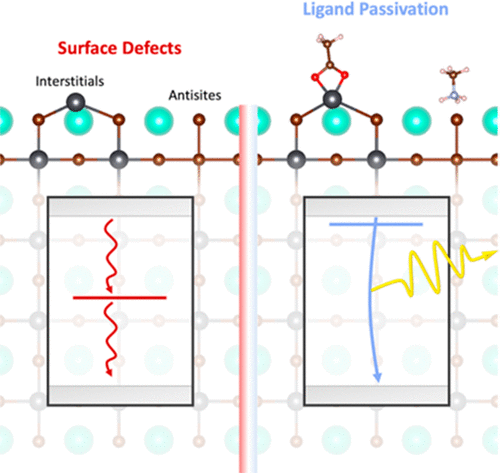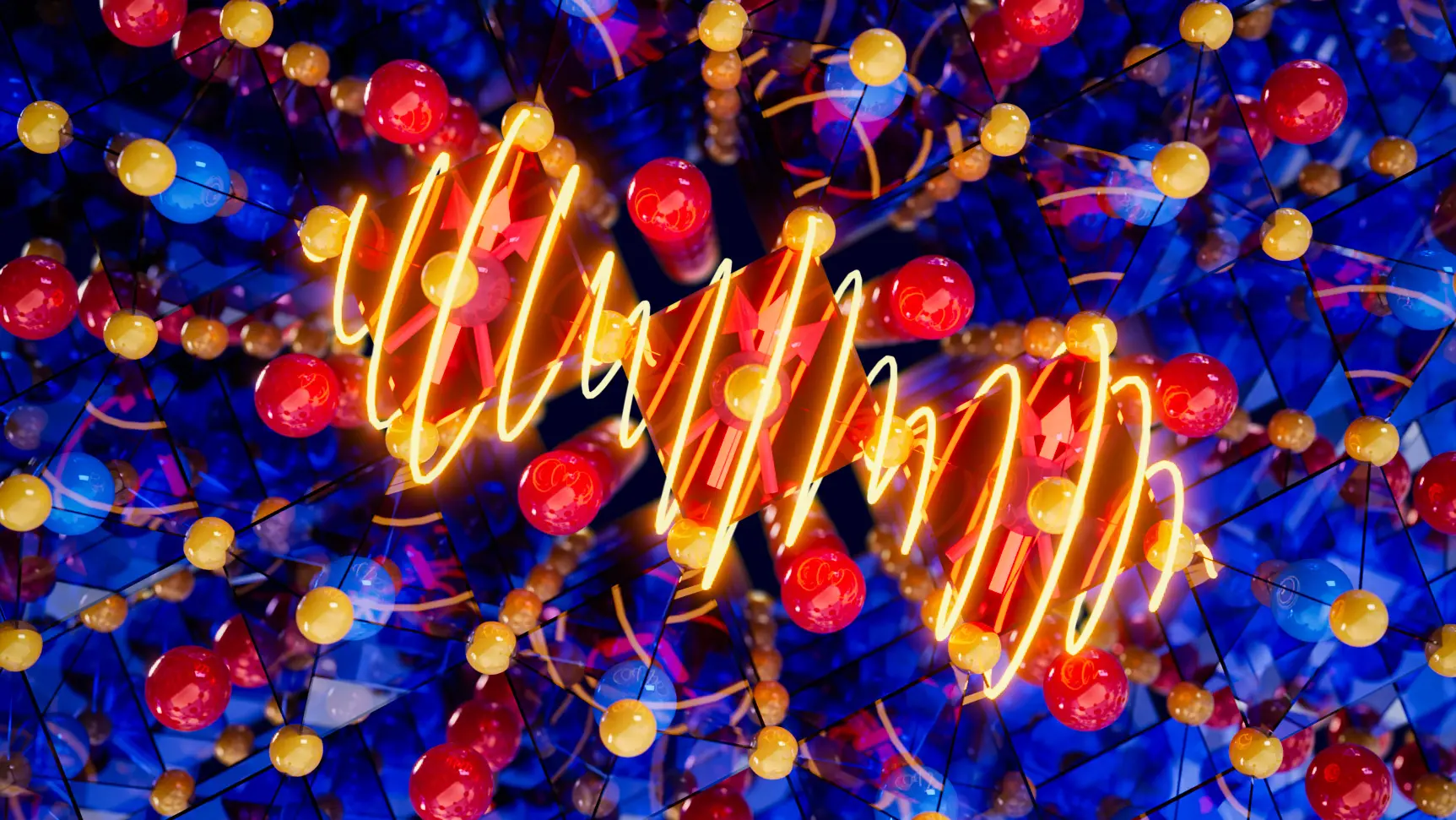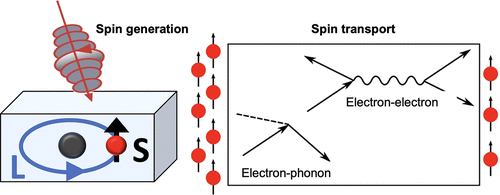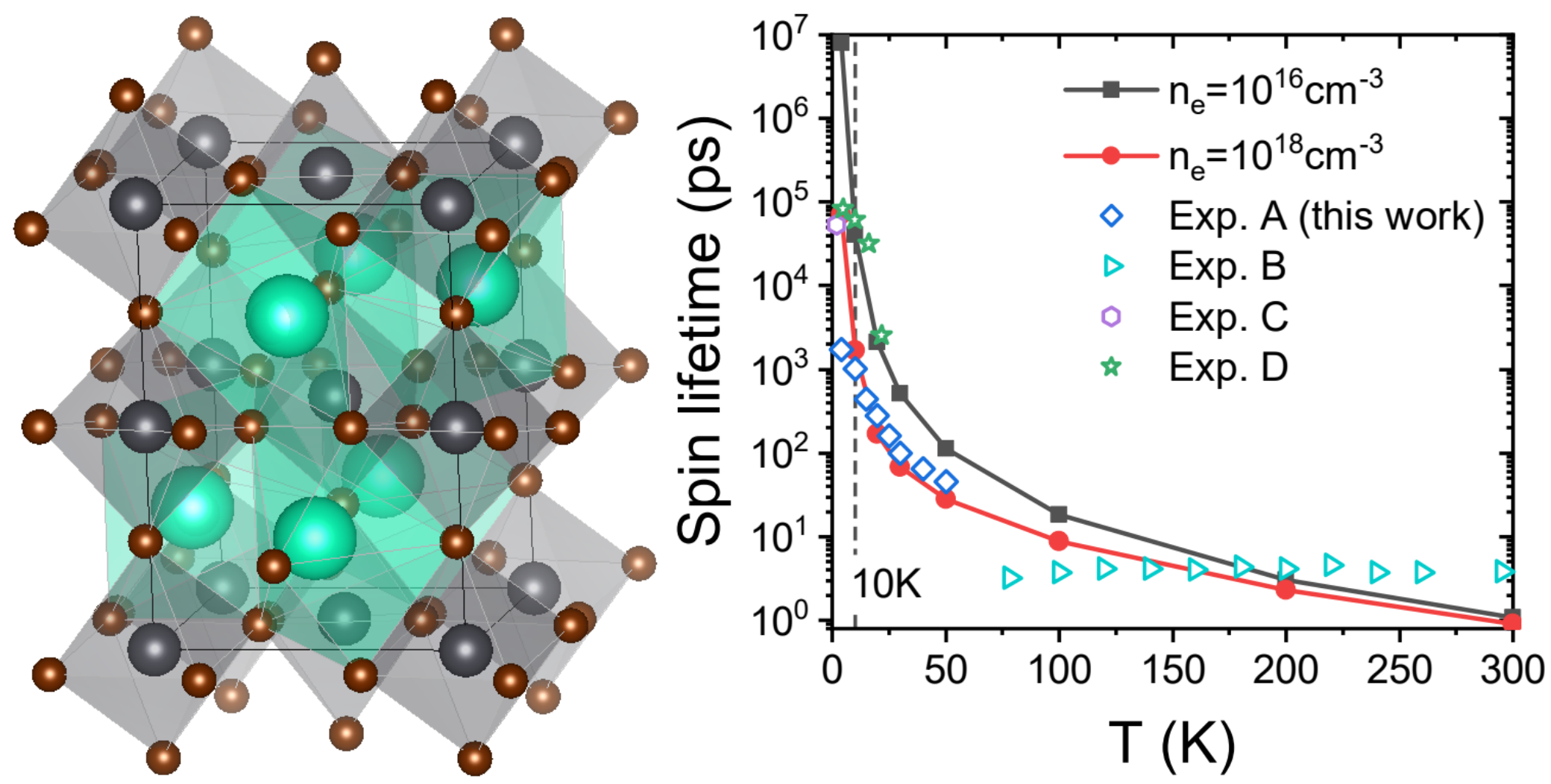Congratulations to Tyler J. Smart, Hiroyuki Takenaka and Prof. Yuan Ping in collaboration with Jin Zhang (UCSC), Liang Tan (LBNL), TuanAnh Pham and Tadashi Ogitsu (LLNL) for their work on “Enhancing Defect Tolerance with Ligands at the Surface of Lead Halide Perovskites”, published in J. Phys. Chem. Lett.! Link to the published article.
Abstract: High defect tolerance has been considered a primary reason for the long charge carrier lifetime and high photoluminescence quantum yield in bulk lead halide perovskites (LHPs). On the other hand, surface defects play a critical role in determining charge carrier dynamics and optical properties, especially for LHP nanocrystals and quantum dots. Understanding the nature of surface defects and developing strategy for their effective passivation are thus of strong interest. Focusing on a prototypical LHP, CsPbBr3, our work uses first-principles calculations to reveal that interstitial sites and antisites can have lower formation energies when they form at the surface while simultaneously creating deep trap states within the bandgap. Meanwhile, the formation of halide vacancies is energetically less favorable. On the basis of a new surface defect model, we demonstrate the explicit role of molecular ligands in passivating these defects, which eliminate trap states in favor of shallow states and enhance photoluminescence.





